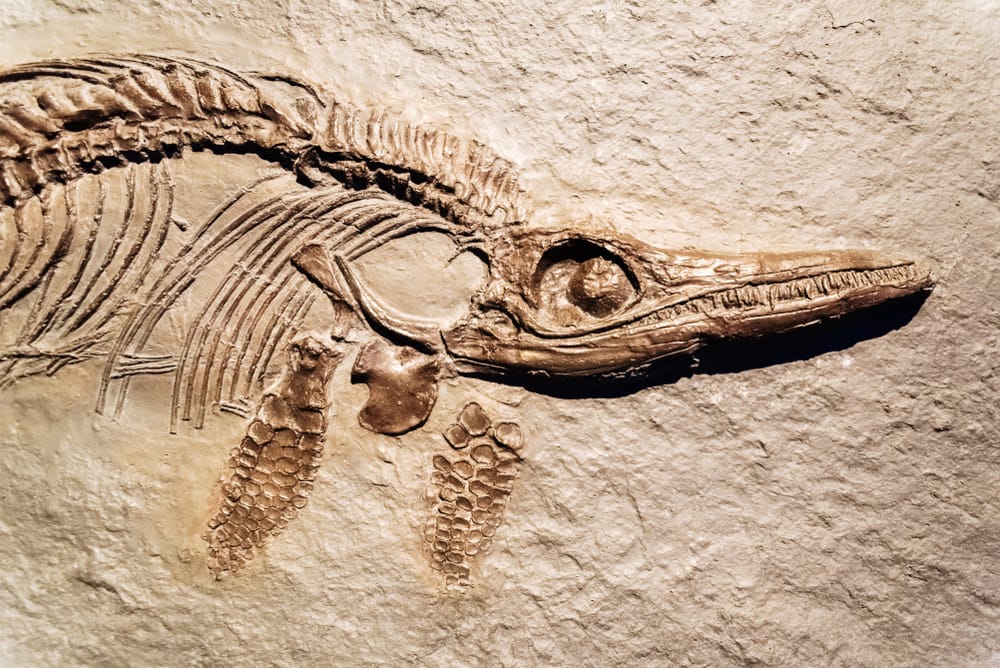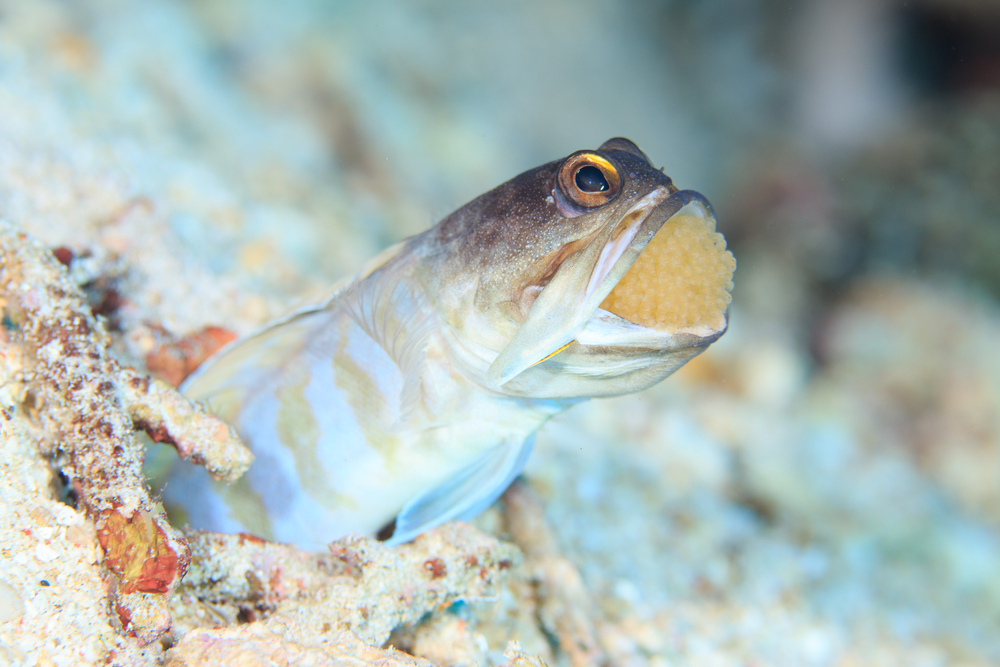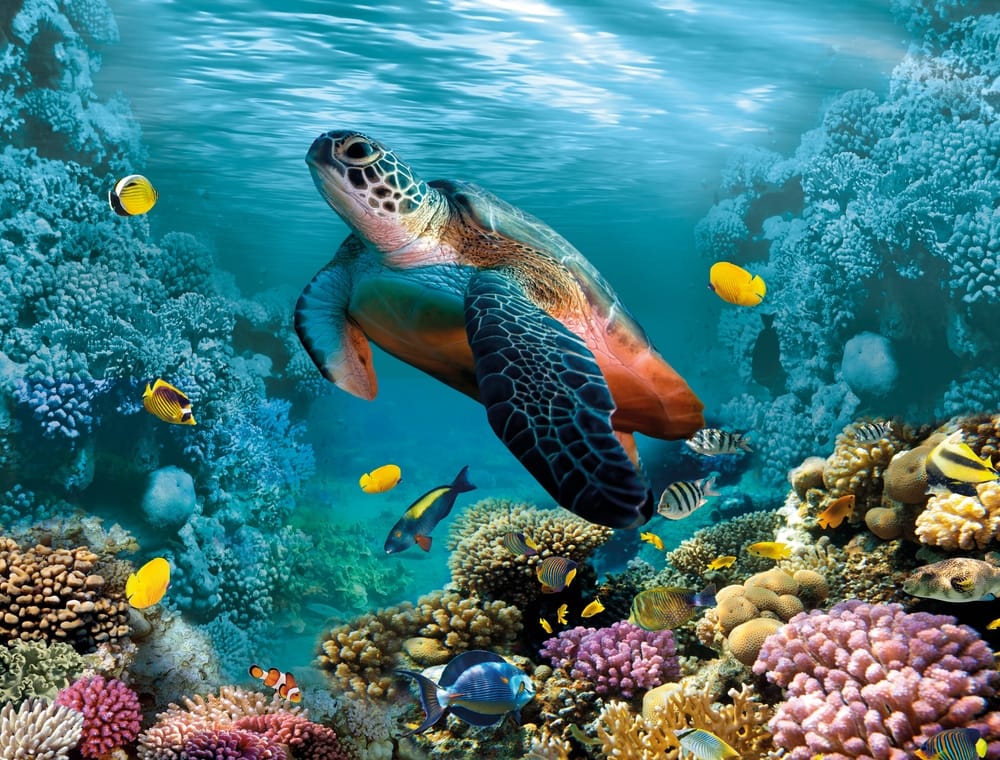Fish and reptiles are fascinating creatures that have inhabited our planet for millions of years. While they share some superficial similarities, such as being cold-blooded and laying eggs, a closer look reveals that they belong to distinct branches of the animal kingdom. This article explores the key differences between fish and reptiles, highlighting the anatomical, physiological, and evolutionary divergences that set them apart.
Habitat and Movement
One of the most noticeable variations is in their favorite habitat. Fish are completely aquatic creatures, having evolved to live in water. They have gills to collect oxygen from the water and fins for propulsion and maneuverability. Reptiles, on the other hand, are primarily terrestrial animals that use their limbs to move around. Some reptiles, such as sea turtles and crocodiles, have aquatic characteristics but breathe air and spend much of their time basking on land.
Respiratory Systems
Another important distinction between fish and reptiles is their breathing patterns. Fish rely on gills, which are composed of feathery filaments with a huge surface area. Water constantly runs across these filaments, allowing oxygen to enter the bloodstream and carbon dioxide to leave. Reptiles, on the other hand, breathe air through their lungs. These sac-like organs inflate and deflate, absorbing oxygen and releasing carbon dioxide. The presence of lungs needs adaptations such as nostrils for air intake and a muscular diaphragm for easier breathing.
Skeletal Structure
The internal structures of fish and reptiles differ greatly. Fish have a skeleton made mostly of cartilage or bone, which provides flexibility and streamlining for aquatic movement. Reptiles, on the other hand, have a strong bone-based skeleton that provides support and stability for their terrestrial existence. Furthermore, most fish lack limbs and move only with their fins. Reptiles, as tetrapods (with four limbs), developed from lobe-finned fish with powerful, meaty fins that eventually gave way to limbs for terrestrial mobility.
Temperature Regulation
Both fish and reptiles are ectothermic, which means they regulate their body temperature using external heat sources. However, the methods of thermoregulation vary. Fish conform to the temperature of the surrounding water since they lack the physiological mechanisms to generate their own internal heat. Reptiles, on the other hand, can engage in behavioral thermoregulation, either by basking in the sun to raise their body temperature or seeking shade to cool off. Some desert reptiles use physiological adaptations such as sweating to regulate body temperature variations.
Reproduction
Both groups lay eggs for reproduction, but the specifics differ. Fish eggs are usually tiny, fertilized in the water, and lack a protective shell. Reptile eggs are often larger, placed on land, and have a leathery or hard shell to avoid desiccation and protect the embryo. Furthermore, several reptile species demonstrate parental care by defending their eggs or providing warmth during incubation. In contrast, most fish species show little or no parental investment after spawning.
Sensory Organs
Fish and reptiles’ sensory organs have evolved to suit their habitats. Fish rely largely on their eyesight and a lateral line system to sense changes in water pressure and vibration. They may possibly have electroreception, which detects electrical fields generated by other species. Reptiles, due to their terrestrial lifestyle, have well-developed vision, including eyelids and a nictitating membrane for eye protection. In contrast to fish, whose sense of smell is less developed, theirs plays an important role in hunting and social activities.
Evolutionary Divergence
Fish are considered the most ancient group of animals, with fossils dating back over 500 million years. They are the ancestors of all creatures of the earth, including reptiles. The evolutionary divide between fish and the reptile lineage most likely occurred during the Devonian epoch. This split led in the evolution of important terrestrial adaptations, eventually leading to the great range of reptiles we see today.
Conclusion
In conclusion, whereas fish and reptiles share some basic characteristics as vertebrates, they differ significantly in many aspects of their biology. Over millions of years of evolution, these groups have diversified dramatically in their breathing systems, skeletal structures, and reproductive tactics, as well as their aquatic and terrestrial surroundings. Understanding these distinctions helps us appreciate the incredible adaptations that have allowed fish and reptiles to thrive in their separate animal world niches.



